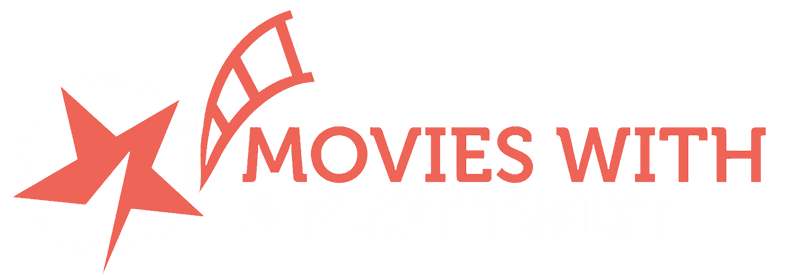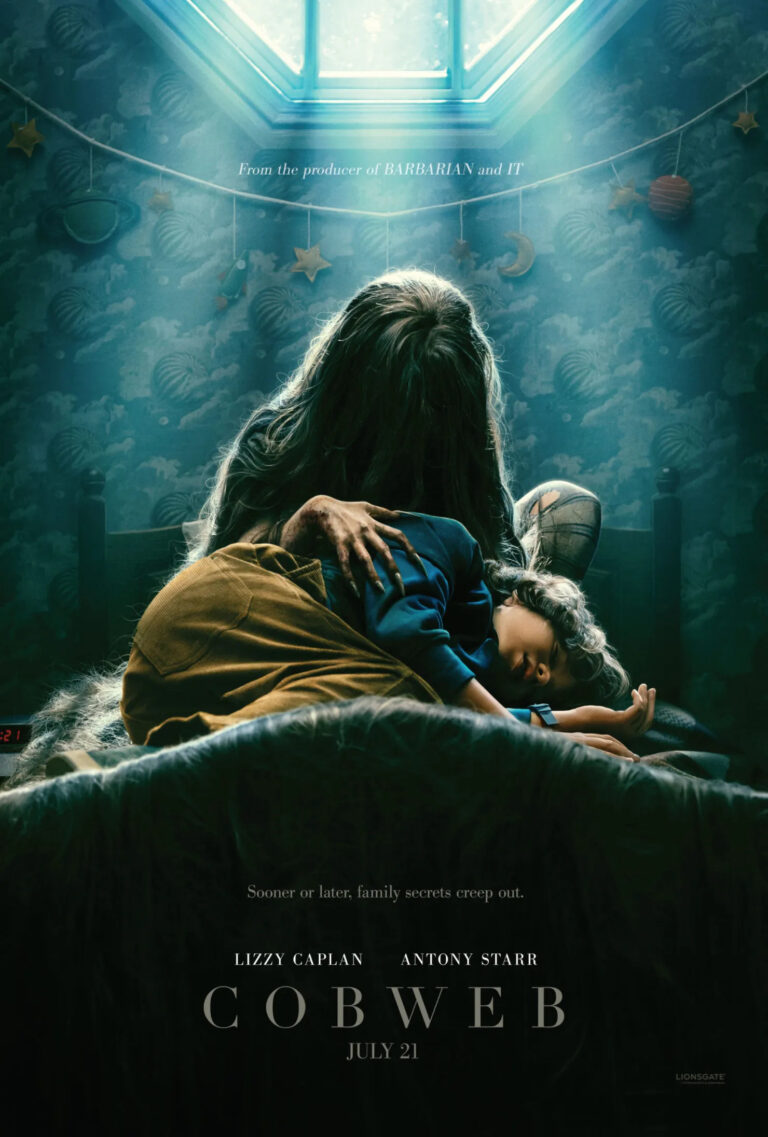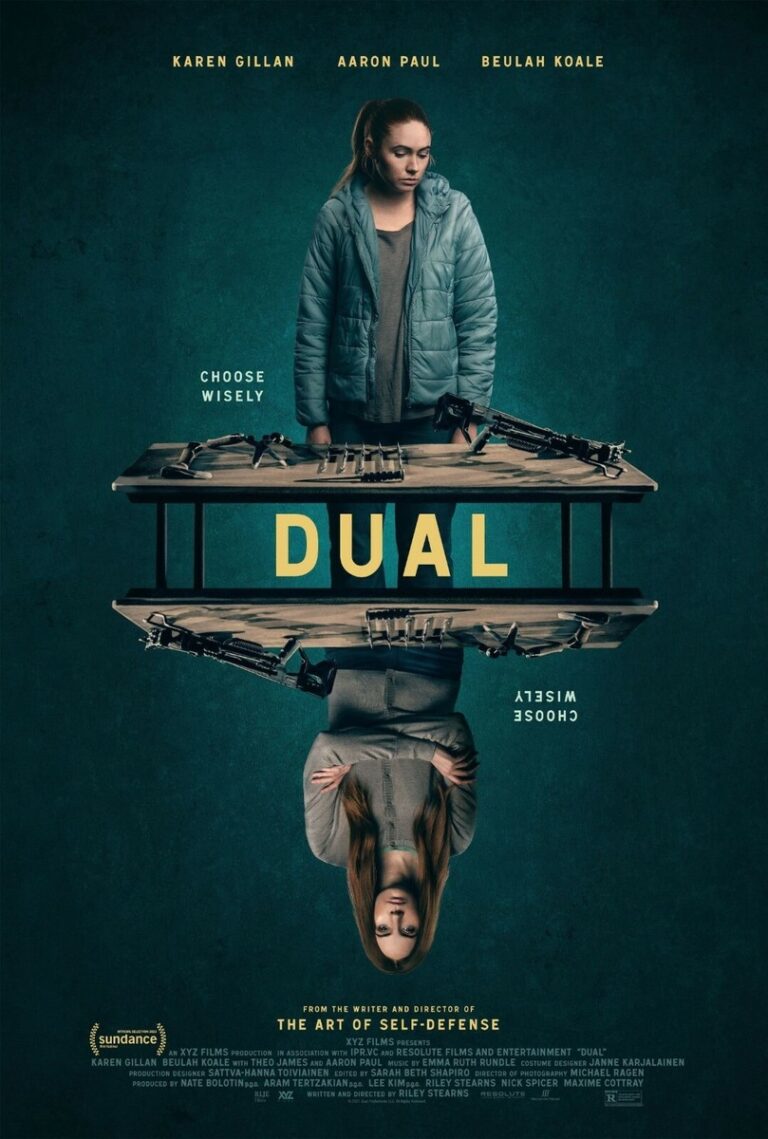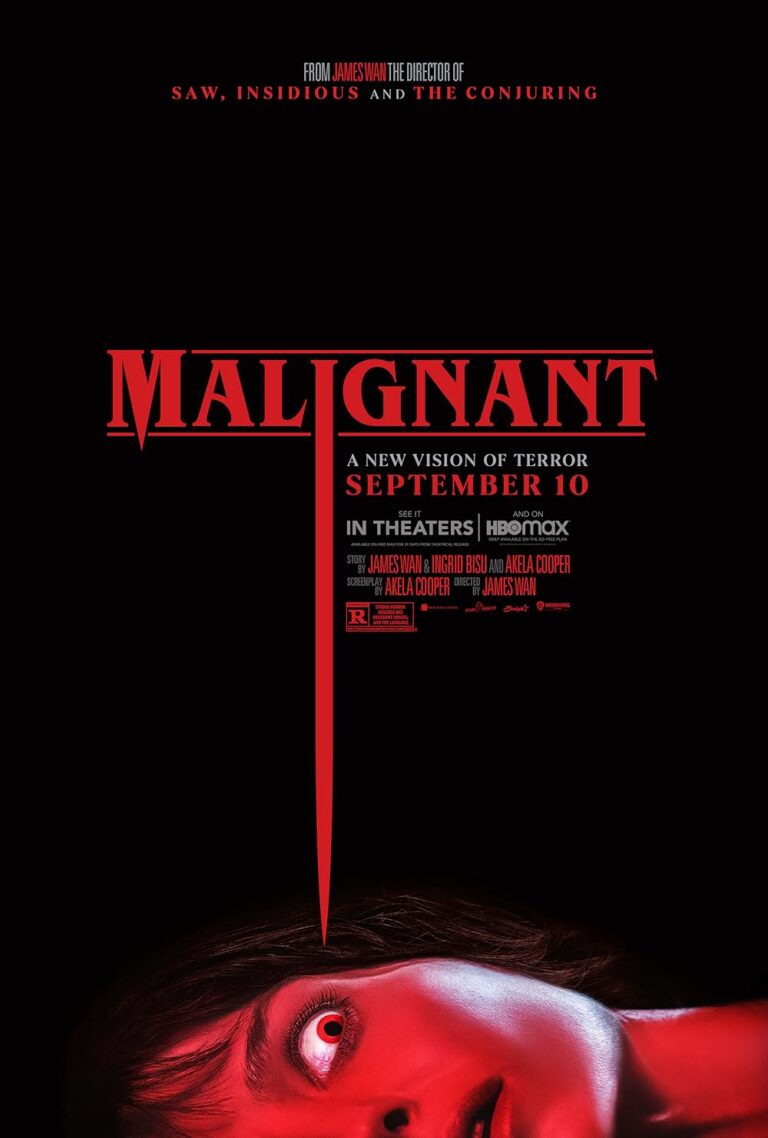The Cabin in the Woods is a 2012 American horror comedy film directed by Drew Goddard in his directorial debut, produced by Joss Whedon, and written by Whedon and Goddard.[4] The film stars Kristen Connolly, Chris Hemsworth, Anna Hutchison, Fran Kranz, Jesse Williams, Richard Jenkins and Bradley Whitford. The plot follows a group of college students who retreat to a remote forest cabin where they fall victim to backwoods zombies, and two scientists who manipulate the ongoing events from an underground facility. Goddard and Whedon, having worked together previously on Buffy the Vampire Slayer and Angel, wrote the screenplay in three days,[5] describing it as an attempt to “revitalize” the slasher film genre and as a critical satire on torture porn.
Filming took place in Vancouver, British Columbia from March to May 2009 on an estimated budget of $30 million. The film was originally slated for release on February 5, 2010 by Metro-Goldwyn-Mayer and United Artists, but was indefinitely shelved due to ongoing financial difficulties. In 2011, Lionsgate picked up the distribution rights. The film premiered on March 9, 2012 at the South by Southwest film festival in Austin, Texas and was released in the United States on April 13, 2012, grossing over $66 million worldwide.
source: https://en.wikipedia.org/wiki/The_Cabin_in_the_Woods
Summary:
“The Cabin in the Woods,” directed by Drew Goddard and co-written with Joss Whedon, is a genre-defying film that masterfully blends horror, comedy, and meta-commentary, resulting in a memorable cinematic experience. The movie challenges conventional horror tropes by introducing a fresh perspective to the often formulaic and predictable horror genre.
As the title suggests, the story revolves around a quintet of college friends who embark on a weekend getaway to a remote cabin situated amidst a dense forest. The characters seemingly embody archetypal figures frequently observed in horror movies: the jock, the scholar, the fool, the virgin, and the whore. As they venture into the wilderness, anticipating nothing more than a weekend filled with fun, their expedition swiftly escalates into a nightmarish reality filled with unforeseen peril.
As the narrative unfolds, the characters’ actions begin to fall under the mysterious manipulation of an external force, unraveling a deeper conspiracy that holds ramifications beyond their comprehension. This unseen puppeteering intertwines with their fight for survival, setting the stage for a horrifying yet intellectually stimulating unraveling of truth.
The film not only excels in delivering an intriguing narrative filled with unexpected twists and turns, but also critically examines and satirizes the horror genre’s cliches. It dissects the essence of fear and the audience’s morbid fascination with horror, while seamlessly integrating humor and witty dialogues that add a layer of levity to the grim situation our protagonists find themselves in.
The prowess of “The Cabin in the Woods” lies in its innovative screenplay, which keeps the audience guessing at every turn. It humorously addresses the genre’s predictability while providing enough shock value to satisfy horror enthusiasts. The meta-narrative cleverly comments on the nature of horror films, audience expectations, and the stereotypical character archetypes that are often exploited for cheap thrills.
Drew Goddard’s precise direction paired with a balanced ensemble cast contributes to the film’s success in engaging the audience. Each actor delivers a commendable performance that captures the essence of their respective characters, evoking empathy, humor, and fear as the situation demands. The sinister underbelly of the plot is contrasted well with comedic moments, providing a well-rounded cinematic experience.
“The Cabin in the Woods” also explores the theme of human control, fate, and the concept of being watched, providing a reflective lens on the voyeuristic nature of horror audiences. The film’s set design and special effects further enhance the eerie atmosphere, capturing the ominous essence of the woods and the sinister forces at play.
Moreover, the movie’s sound design and musical score subtly build tension, complementing the unfolding drama and mystery, adding to the overall unsettling yet enjoyable ambiance.
In conclusion, “The Cabin in the Woods” is a unique blend of horror, comedy, and thoughtful commentary on the horror genre’s tropes.




